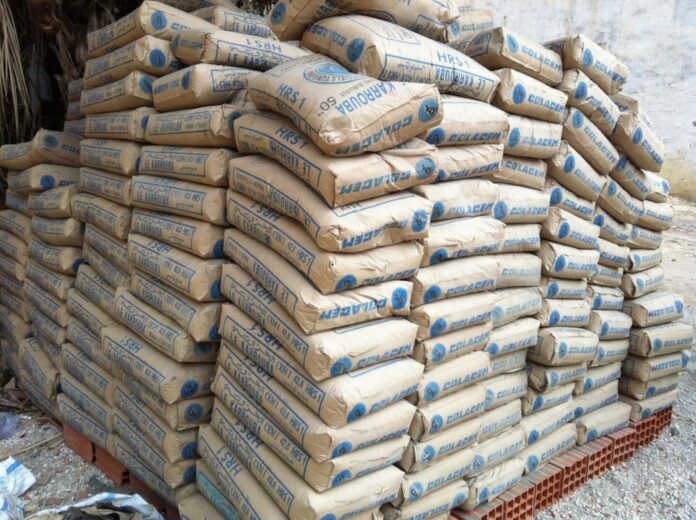Local cement despatches dropped by 17.30% to 2.967 million tonnes from 3.588 million tonnes, while export despatches showed a contrasting trend, witnessing a rise of 6.82%, climbing from 4.1 million tonnes to 4.46 million tonnes in January 2024, as revealed by data from the All Pakistan Cement Manufacturers Association (APCMA).
The figures indicate a concerning trend for the industry, with a significant total dip of 14.79% compared to the same period in FY23.
Geographically, both North and South-based cement mills experienced declines in despatches. North-based mills dispatched 2.434 MT, marking a 15.83% reduction from 2.892 MT in January 2023.
Similarly, South-based mills saw a decrease of 12.08%, with despatches falling to 979,970 tonnes from 1.115 MT in January 2023.
In the domestic market, North-based mills contributed 2.385 MT of cement in January 2024, down by 16.50% from 2.856 MT in January 2023.
South-based mills supplied 582,258 tonnes to local markets, a decrease of 20.43% compared to January 2023.
Looking at the broader picture, during the first seven months (July-January) of FY24, total cement despatches, including domestic and exports, increased by 5.92% to 27.296 MT from 25.770 MT in the corresponding period last fiscal year.
However, domestic despatches during this period decreased by 1.79% to 23.196 MT, while export despatches surged by 90.49% to reach 4.1 MT.
APCMA’s spokesperson expressed concerns regarding the new axle load regime, which has led to operational inefficiencies and increased transportation costs for the cement industry.


























low local consumption of cement in january is sever weather conditions. people should know it. However, linking new axil load condition as cause of low cement consumption in local market makes no sense.